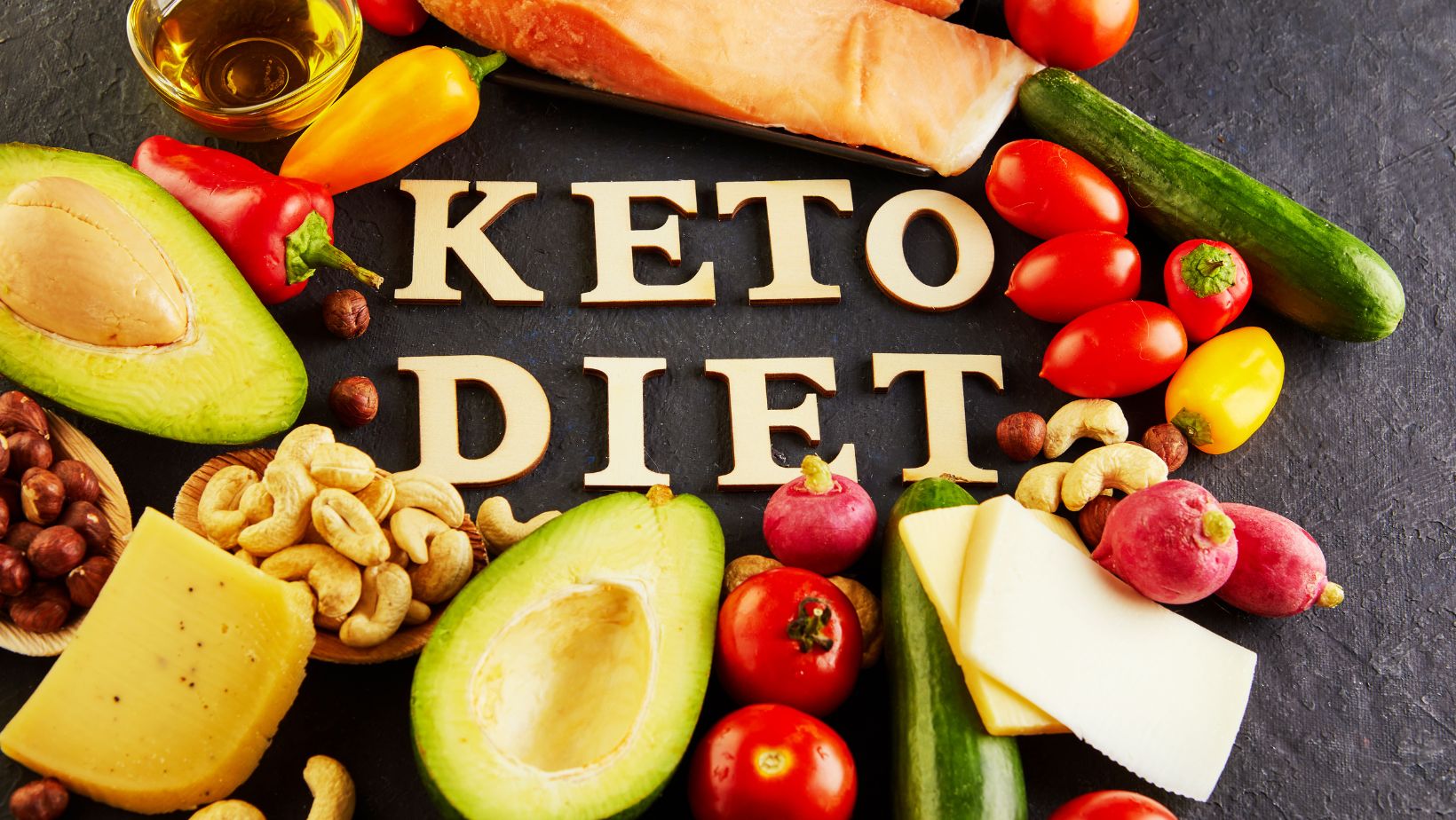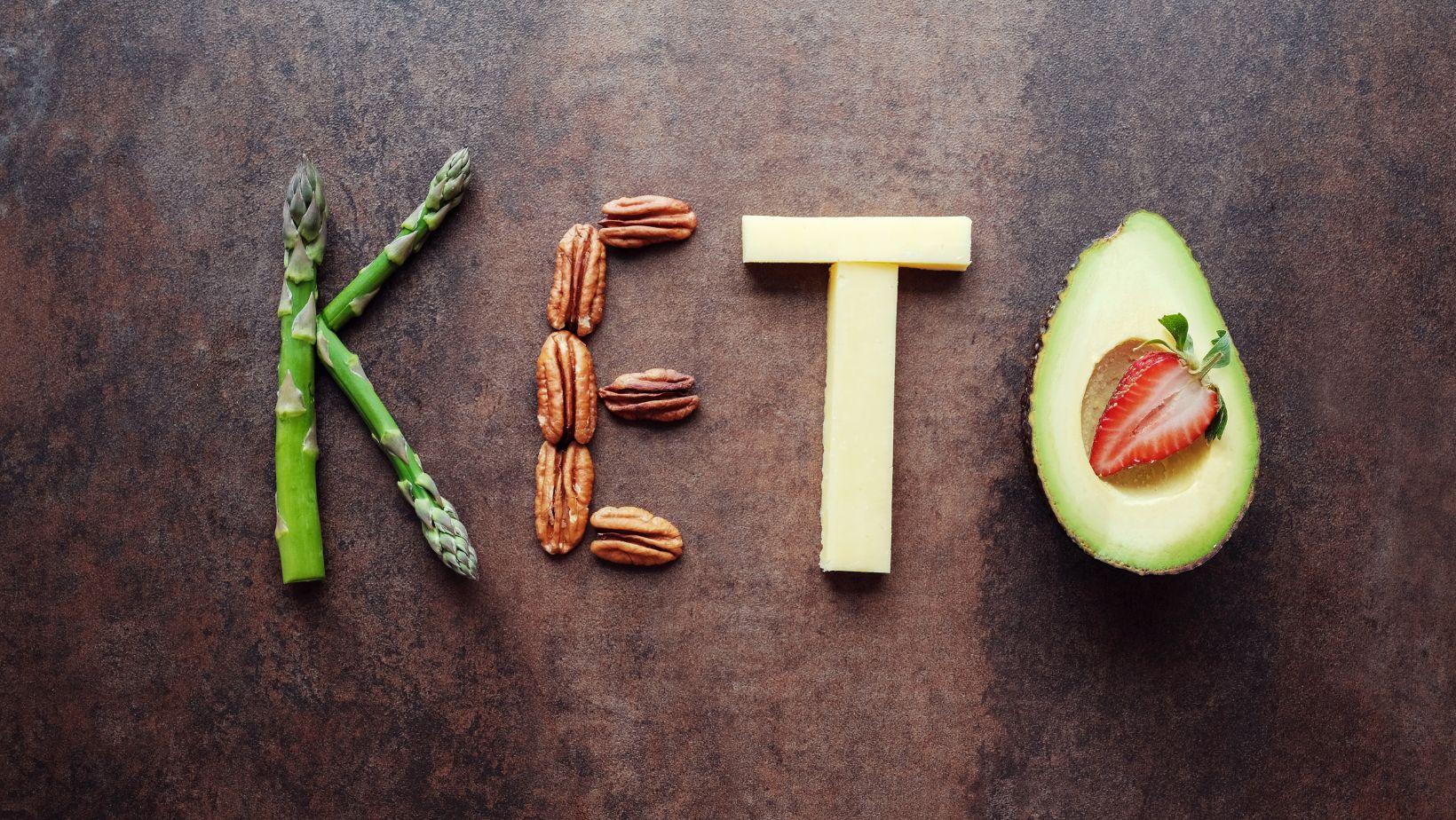
As someone who has been following the keto diet for years, I understand the importance of carefully selecting the foods I consume. One ingredient that often raises questions among keto enthusiasts is maltodextrin. In this article, I’ll delve into the topic of maltodextrin and its impact on the keto diet. We’ll explore whether maltodextrin is truly bad for keto or if it can be incorporated into a low-carb lifestyle with caution.
Is Maltodextrin Bad for Keto
When it comes to following the keto diet, maltodextrin is a topic that often raises concerns. Many people wonder whether maltodextrin is bad for keto and if it can have a negative impact on their progress towards achieving ketosis. So, let’s delve into the details and explore the effects of maltodextrin on the keto diet.
Maltodextrin is a common additive found in a wide range of processed foods, including sauces, dressings, and snacks. It is a carbohydrate derived from starch, typically made from corn, wheat, or potatoes. While maltodextrin is widely used as a food thickener, stabilizer, or sweetener, it can be problematic for those following the keto diet. Here’s why:
High Glycemic Index
One reason why maltodextrin is not ideal for the keto diet is its high glycemic index (GI). The GI measures how quickly a carbohydrate raises blood sugar levels. Maltodextrin has a high GI value, meaning it can cause a rapid spike in blood sugar. This spike can trigger an insulin response, potentially hindering ketosis and impeding fat-burning processes.
Hidden Carbohydrates
Although maltodextrin is classified as a carbohydrate, it is often overlooked by those tracking their carbohydrate intake. This is because, according to labeling regulations, a product can be listed as having zero grams of carbohydrates if it contains less than 0.5 grams per serving. However, maltodextrin is a sneaky ingredient that can add up quickly, contributing to overall carb consumption and jeopardizing ketosis.
Individual Sensitivities
It’s important to note that the impact of maltodextrin on keto can vary from person to person. Some individuals may be more sensitive to this additive and experience a more significant blood sugar spike, while others may tolerate it better. Listen to your body, monitor your ketone levels, and assess how maltodextrin affects your progress towards reaching and maintaining ketosis.
Hidden Sources of Maltodextrin
As someone following the keto diet, it’s important to be aware of hidden sources of maltodextrin. While it’s generally best to avoid maltodextrin altogether, it can sometimes sneak its way into foods you might not expect. In this section, I’ll discuss some common categories of foods that often contain maltodextrin.
Processed Foods
One of the primary culprits when it comes to hidden sources of maltodextrin is processed foods. These types of food are notorious for containing a wide array of additives, including maltodextrin. Processed snacks like chips, crackers, and pretzels are often laced with maltodextrin to enhance their flavor and texture. Additionally, many processed meats, such as deli meats and sausages, may also contain maltodextrin as a filler or binder.
Packaged Snacks
If you’re someone who relies on packaged snacks for convenience, be wary of the potential maltodextrin content. Many granola bars, protein bars, and snack bars contain maltodextrin as a way to bind ingredients together or provide a chewy texture. Even seemingly healthy alternatives, like fruit snacks or trail mix, can sometimes contain maltodextrin as a sweetener or preservative. Always check the ingredient label carefully when selecting packaged snacks to ensure they align with your keto goals.
Condiments and Sauces
Hidden sources of maltodextrin can also be found in condiments and sauces. These seemingly innocent additions to your meals can often contain maltodextrin as a bulking agent or sweetener. Common examples include ketchup, barbecue sauce, salad dressings, and mayonnaise. While it’s always a good idea to make your own homemade versions of these condiments, if you do opt for store-bought options, be sure to read the labels and choose products that are free from maltodextrin.
It’s important to note that the presence of maltodextrin in these foods, and others, can vary depending on the brand and specific product. Therefore, it’s crucial to check the nutrition labels and ingredient lists every time you purchase a new item. Familiarize yourself with alternative names for maltodextrin, such as modified corn starch or glucose polymers, as these ingredients can also indicate the presence of maltodextrin.
While it can be discouraging to discover that maltodextrin lurks in so many different foods, don’t fret! With a little practice and increased awareness, you’ll become a pro at identifying and avoiding hidden sources of maltodextrin. By opting for whole, unprocessed foods and preparing your meals from scratch whenever possible, you can confidently navigate your keto journey while minimizing your intake of maltodextrin and other unwanted additives.

